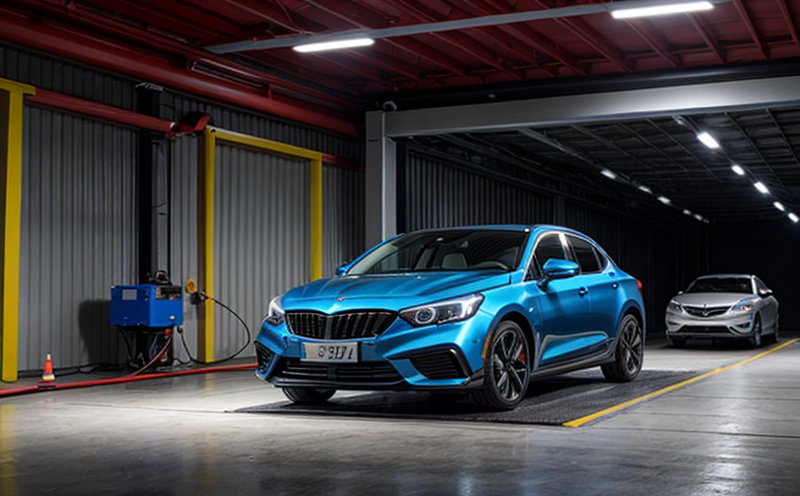Sunroof Wind Buffeting Noise Testing
When designing automotive sunroofs, manufacturers face a unique challenge: ensuring that the structural integrity of the vehicle is not compromised while addressing the acoustic comfort and passenger safety requirements. Sunroof wind buffeting noise testing is an essential step in this process. This test evaluates how well the sunroof design reduces or eliminates unwanted noises caused by wind buffeting, which can significantly impact the overall driving experience.
The primary goal of this test is to ensure that the structural integrity and aerodynamics of the sunroof are optimized for both performance and passenger comfort. Wind buffeting noise occurs when air passes over the edges of the sunroof, creating a turbulent flow that generates unwanted sounds. These noises can be distracting or even uncomfortable for passengers, leading to potential issues with customer satisfaction.
During testing, the sunroof is subjected to controlled wind conditions in a test chamber or on an outdoor track. The test typically involves simulating various driving scenarios at different speeds and angles of approach. The aim is to recreate real-world conditions that could potentially cause buffeting noise issues. Instruments such as sound level meters and pressure sensors are used to measure the acoustic environment around the sunroof.
The testing process begins with a detailed review of the vehicle’s design, focusing on areas where wind buffeting might occur. This includes examining the shape and dimensions of the sunroof, its attachment points, and any potential gaps or seams that could contribute to noise generation. Once identified, these areas are carefully prepared for testing by ensuring they meet specific standards regarding material properties and manufacturing tolerances.
Testing is conducted under strict environmental conditions designed to mimic typical driving scenarios. These tests are crucial in identifying any structural weaknesses or design flaws that could lead to buffeting noise during actual use. For instance, the test might involve rotating the sunroof at various angles while subjecting it to wind speeds ranging from 30 km/h up to 120 km/h. The goal is to observe how these conditions affect the sound levels around the sunroof and whether they fall within acceptable limits according to relevant international standards such as ISO 5679.
After completing all tests, detailed reports are generated summarizing findings regarding noise reduction effectiveness and overall performance. These reports serve multiple purposes including providing valuable insights into design improvements needed for future models or modifications required based on current model iterations. They also help quality managers make informed decisions about production processes and ensure compliance with regulatory requirements.
- Industry Applications: Automotive manufacturers, especially those focused on luxury vehicles where passenger comfort is paramount.
- International Acceptance and Recognition: Compliance with international standards like ISO 5679 ensures that the testing meets global expectations for noise reduction in automotive sunroofs.





